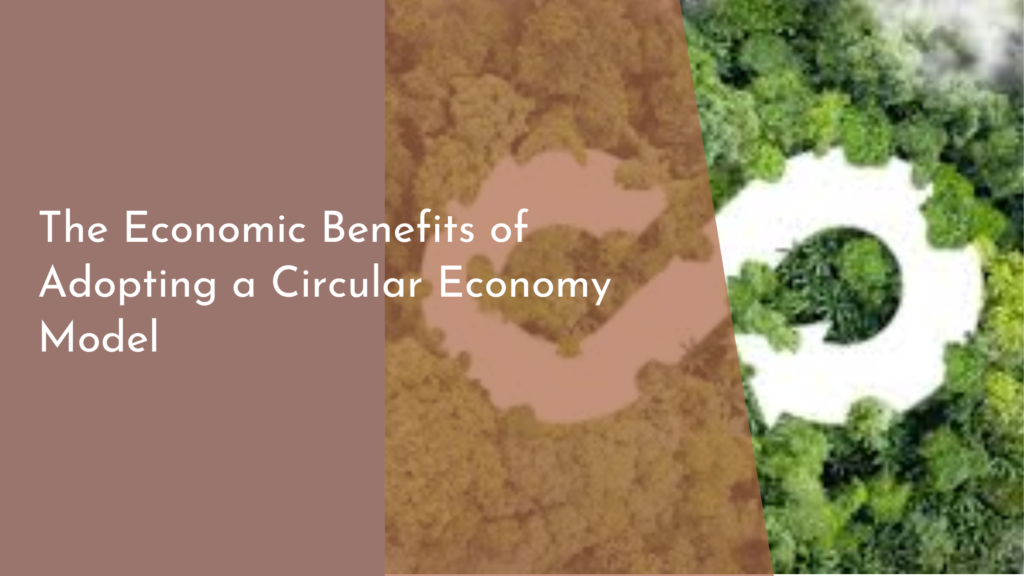Trends in Eco-Friendly Packaging You Should Know
In recent years, the focus on sustainability has shifted how industries approach packaging. As environmental concerns rise, consumers and companies alike are seeking ways to reduce their ecological footprint. Eco-friendly packaging has emerged as a vital trend, paving the way for innovative solutions that not only protect goods but also the planet. This article explores some of the key trends in eco-friendly packaging, from biodegradable materials to smart packaging innovations that are driving sustainability forward.
Biodegradable Materials in Modern Packaging
Biodegradable materials have become the cornerstone of sustainable packaging solutions. Unlike traditional plastic, these materials decompose naturally, leaving no harmful residues behind. This trend has primarily been driven by advancements in biopolymer technologies, which allow for the creation of packaging that mimics the durability and flexibility of plastics without the environmental drawbacks. Popular biodegradable materials include polylactic acid (PLA), derived from corn starch, and polyhydroxyalkanoates (PHA), which are produced through microbial fermentation. These materials are increasingly being used in food packaging, disposable cutlery, and shopping bags.
The benefits of biodegradable packaging extend beyond environmental conservation. For businesses, adopting these materials can enhance brand image and appeal to the growing demographic of eco-conscious consumers. Furthermore, regulatory pressures in many countries are fostering a shift towards biodegradable options, making it an economically viable alternative. However, challenges remain, such as higher production costs and the need for suitable industrial composting facilities. Despite these hurdles, the push for biodegradable packaging is a trend that’s here to stay.
Innovations in Reusable Packaging Solutions
Reusable packaging is another trend gaining momentum, as it aligns perfectly with the principles of a circular economy. Companies are developing systems where packaging can be returned, cleaned, and reused multiple times, significantly reducing waste. One of the most exciting developments is the rise of ‘refill stations’ for products like detergents, personal care items, and even food. Shoppers can bring their containers to these stations, minimizing the need for single-use packaging. Brands like Loop and Algramo are at the forefront of this movement, offering consumers convenient ways to shop sustainably.
Efforts to innovate in this area are not limited to consumer goods. The B2B sector is also seeing a shift, with companies designing durable crates, pallets, and containers that can be reused across supply chains. This shift not only cuts down on waste but also results in cost savings over time. Reusable packaging solutions are fostering a culture of sustainability, encouraging both businesses and consumers to rethink how they view packaging and waste.
The Rise of Minimalist Packaging Designs
Minimalist packaging design is capturing attention for its ability to reduce material usage while simultaneously appealing to aesthetic sensibilities. This trend focuses on simplicity and functionality, stripping away unnecessary components to create a clean, efficient design. By prioritizing essential elements, minimalist packaging reduces waste and conserves resources—a win-win for sustainability and brand identity. Companies like Apple and Muji have mastered this approach, delivering products in sleek, stripped-down packaging that also doubles as a branding statement.
The minimalist trend is not just about reducing the size or amount of packaging but also about thoughtful material choice. For example, using recycled or sustainably sourced materials enhances the eco-friendliness of a minimalist design. Furthermore, minimalist packaging often involves creative thinking to solve problems, such as using origami-inspired techniques to eliminate the need for adhesives or excessive inserts. This approach not only cuts down on waste but also captivates consumers with its ingenuity.
How Smart Packaging Promotes Sustainability
Smart packaging is revolutionizing how we interact with products and packaging, offering new avenues for promoting sustainability. By integrating technology like RFID tags and QR codes, smart packaging can provide valuable information on a product’s lifecycle, encouraging responsible consumer behavior. For instance, a QR code might lead to information on how to properly recycle the packaging or offer insights into the sustainability practices of the brand. This transparency helps build trust and encourages eco-friendly choices.
Moreover, smart packaging can enhance supply chain efficiency by improving inventory control and reducing spoilage, especially in the food and pharmaceutical industries. Real-time tracking and monitoring of package conditions can prevent waste and ensure that products reach their destination in optimal condition. These technologies not only streamline operations but also reduce environmental impact by minimizing unnecessary production and transportation emissions. As the demand for smarter solutions grows, so does the potential for a more sustainable future.
Eco-friendly packaging is no longer just a niche interest but a mainstream demand that is reshaping industries worldwide. As businesses and consumers become more environmentally conscious, the move towards sustainable packaging solutions is set to accelerate. By embracing trends such as biodegradable materials, innovative reusable systems, minimalist design aesthetics, and smart technology, we are collectively taking strides towards a healthier planet. These trends not only signal a shift in how we think about packaging but also offer a vision of hope for a sustainable future.

